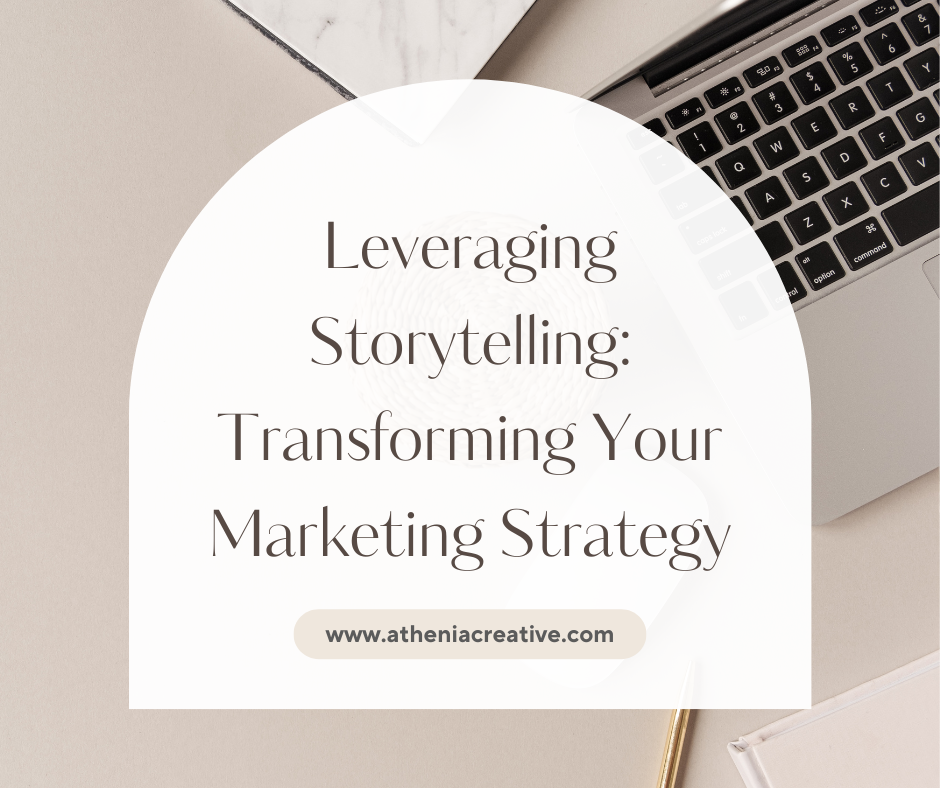Leveraging Storytelling: Transforming Your Marketing Strategy

Mastering the Art of Storytelling in Marketing: A Comprehensive Guide
The power of storytelling is an untapped gem in the realm of marketing. By weaving emotive narratives, marketers can engage their audience on a deeper level, leaving an indelible impression that transcends the ephemeral impact of raw data and statistics. This guide will help you understand the fundamentals of storytelling, paving the way for compelling narratives that bolster your marketing efforts.
The Foundation of Marketing Storytelling: Knowing Your Audience
Identifying your target market forms the bedrock of your storytelling journey. Your narrative should resonate with your intended audience, compelling them to pay attention and engage with your story. The choice of the story genre, whether it be humorous, uplifting, or educational, should align with your audience’s preferences. A deeper understanding of your audience’s inclinations will propel your storytelling strategy in the right direction.
Conveying Your Story Across Multiple Platforms
Once you have a captivating story at your disposal, the next challenge is to disseminate it effectively across various platforms. Each platform, be it social media, email campaigns, or video content, has its unique language and style. Familiarizing yourself with these nuances will enable you to tailor your content accordingly. Incorporating visuals and multimedia elements can enhance your narrative, making it more immersive and engaging.
Identifying Your Audience and Tailoring Your Story
Understanding your target audience is crucial in crafting a story that resonates. Whether your audience is a niche demographic or a general consumer base, knowing who you’re addressing helps refine your narrative. Keeping your content engaging and concise ensures your audience stays interested without being overwhelmed by information overload.
Spreading Your Story Across Diverse Platforms
Distributing your story across multiple platforms can significantly increase its reach. Social media channels like Twitter, Instagram, and Facebook offer avenues for engagement, while blogs provide a platform for in-depth discussions. Utilizing email campaigns for personalized communication can help build long-term relationships with your audience. Traditional print advertising also remains a potent tool for reaching a large audience.
Evaluating the Impact of Your Storytelling Strategy
Assessing the effectiveness of your storytelling strategy can be a complex task. Traditional metrics like clicks or sales may not fully capture the extent of audience engagement with your story. However, metrics like social media engagement and customer feedback can provide invaluable insights into how well your story is resonating with your audience.
Harnessing the Power of Storytelling to Achieve Marketing Goals
Storytelling can be a powerful tool in achieving your marketing objectives. Identifying your target audience, crafting compelling narratives, disseminating your story across multiple platforms, and evaluating its impact are all crucial components of a successful storytelling strategy. With these principles in mind, you can harness the power of storytelling to connect with your audience on a deeper level, fostering brand loyalty and driving sales.
Storytelling in Marketing: A Powerful Tool for Success
Storytelling in marketing is about crafting narratives that resonate with your audience, fostering an emotional connection that can drive brand loyalty and increase sales. This comprehensive guide provides the tools and insights needed to harness the power of storytelling, paving the way for successful marketing campaigns that leave a lasting impression.

